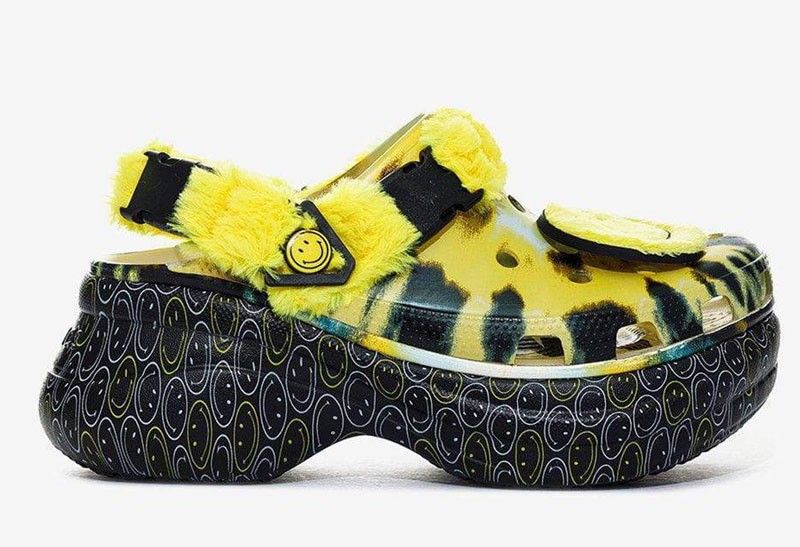Where are we going in these ‘ugly’ shoes?

The weird-is-good movement in footwear is finally the moment.
The “ugly” shoe is not a new phenom. Yet the unflattering footwear beloved for decades, dismissed as “uncool” and worn by those who couldn’t care less, is now an unequivocal staple of streetwear — and gaining ground for everyone.
“Many of the chunky silhouettes today take cues from skate shoes in the ‘90s — etnies, Osiris, and the like,” says Paulo Reyes, marketing manager of Commonwealth Philippines. “As designers continue to blur the line between high fashion and streetwear, many have started looking into these subcultures for inspiration these days.”
While there are other notable precursors to this trend — like Margiela’s cloven Tabi boots, which debuted in 1988 — the movement was arguably renewed for high-fashion in 2017, when Balenciaga set a new standard for intentionally ugly designer shoes with the bulbous and pre-weathered Triple S sneakers.
The latest shoe drops have us perusing chunky yet breathable Yeezys, globular boots and mules at Bottega Veneta, bouncy stacked-sole Nikes made in collaboration with Japanese label Sacai, and the K-pop idol favorite flat forms at Converse’s Run Star series that would make even Wannabe-era Spice Girls vertiginous. They are all wide at the toes, the support is generous, and the soles are thick and plush — they are, ultimately, comfortable shoes.
At Commonwealth, the go-to multi-brand lifestyle store for the latest in contemporary fashion streetwear, Reyes notes, “We haven't seen brands necessarily change their style to adapt to the ‘comfy’ trend. What we did notice was that brands that have been making more comfort-focused pieces have become more popular during the lockdown.”

At their stores in Greenbelt, Power Plant Mall, and on their e-commerce site, Reyes shares that sweats and hoodies from Stüssy, Carhartt WIP and Museum of Peace & Quiet are a hit. “People who started spending more time at home also adjusted their uniform,” he explains.
With WFH freedom and relaxed dress codes, we can experiment without critiquing co-workers or HR’s policing eyes.
“I also personally think people just want to make a statement and have something fun in the midst of all this. If people only go out to the grocery a couple of times a month, why not turn it up to 11?” Reyes asks. “It’s been fun seeing elegant versions of this chunky trend happen in high fashion footwear too, with the Puddle from Bottega Veneta and the JW Anderson loafer with the giant Cuban link.”

As for his personal “ugly” shoe of choice? “Commonwealth released the Crocs x BEAMS collaboration and I was able to get myself a pair of the Outdoor Clogs. While it’s something I would usually wear at home, I could also see myself wearing it when I go out for a quick drive to the store.”
The OG “ugly” shoes are not to be left behind by this movement. Practical yet frumpy Crocs — once decried by Project Runway’s Tim Gunn as a “plastic hoof” — and hippie favorite Birkenstocks are recontextualized as covetable since being spotted on stars like Justin Bieber and reinvented by plugged-in fashion labels like Rick Owens, Jil Sander and Proenza Schouler at their collaboration line Birkenstock 1774, respectively.
In February, luxury conglomerate LVMH bought a controlling stake in Birkenstock, solidifying its fashion cred, while Crocs reported a record revenue growth of 93 percent during the second quarter of the year — proof of its new booming popularity.
Nothing more than a passing fad? We think not. Next year’s collections are stocked with the silhouette, and even Crocs has projected revenues of over $5 billion by 2026.





















